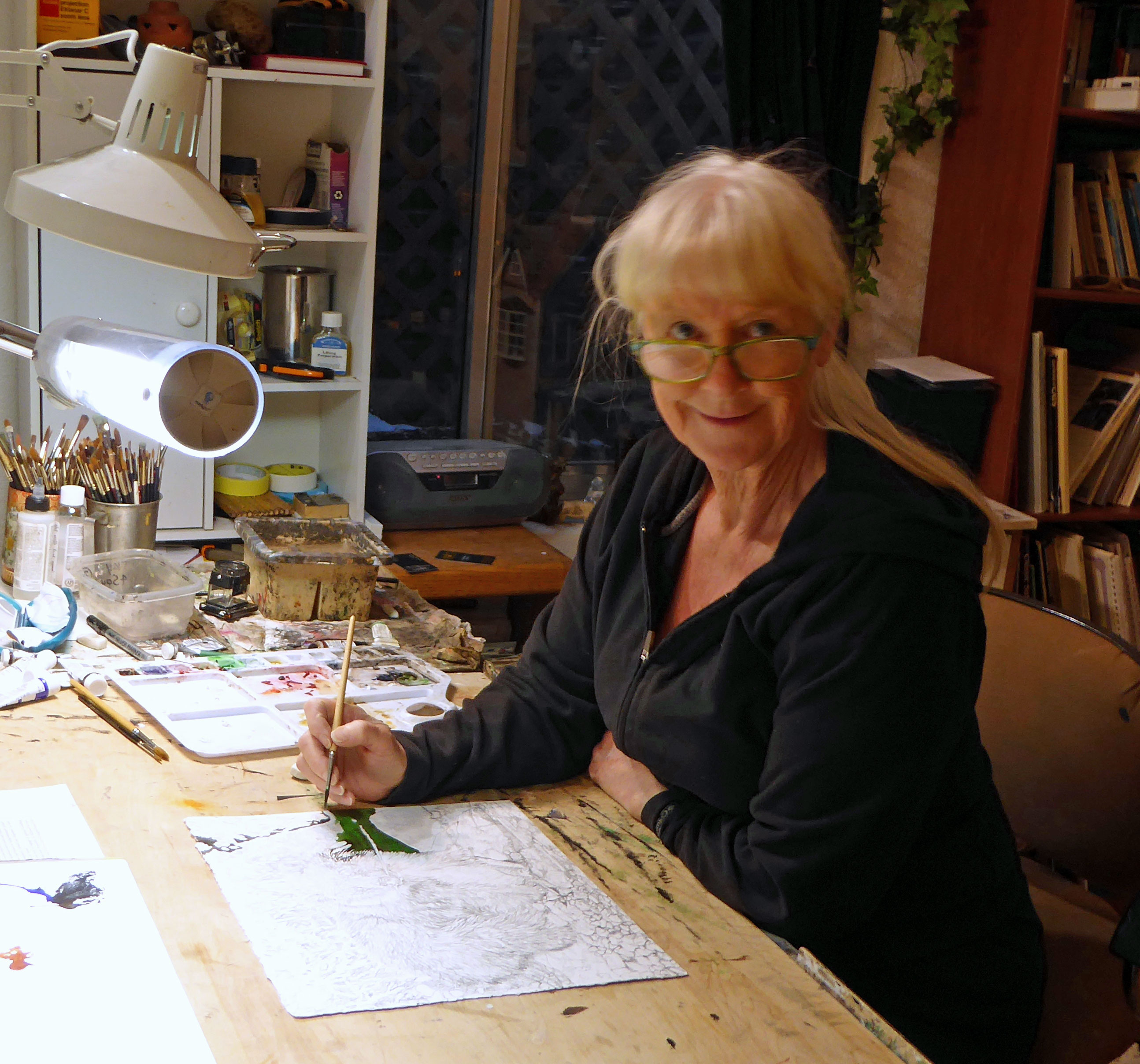How to Protect Watercolor Paintings – Animal Art


I am occasionally asked why I do not use glass and matting on my watercolor paintings.
Here’s my story:
Around 20 years ago, I decided to change the way I frame my watercolor paintings. I had contacted a few galleries about showing my work, which I do from time to time. They stated that watercolors were much harder to sell because of the glare from the glass. Even non glare glass was a problem due to breakage, during shipping. And clients were not as interested in art under glass.
So I felt that I needed to develop an alternative to putting my paintings under glass. So, I looked at vanishes, and after some trial and error, I came up with a pretty good formula that works.
I first spray my painting. I use Krylon Matt spray. I do it out doors so I do not breath the fumes. So, the outside temperature needs to be at least 50 degrees. Otherwise, the varnish will get cloudy. How do I know this? That is the trial and error part. I have had the varnish get cloudy after I complete the spraying, and bring it indoors. This is very upsetting. So it is important to spray when the temps are 50 degrees or above.
So, this is the first step. Two spray coats with 24 hours of drying between coats. I use Krylon matt varnish spray.
Step two. After the two spray coats of Matt varnish have dried, you can then move on to the 2nd step. The liquid varnish. I use Golden brand called Polymere UV protection satin varnish, two coats, allowing them to dry for 3 hours between coats. This gives the painting a nice satin finish. For a black animal, such as a black bear, I use a gloss varnish. This really makes the colors have depth and pop out. Before I use the varnish, I roll the bottle back and forth on a flat surface. I do not shake the bottle as that introduces air bubbles. But it is important to mix the flattening agent in the varnish. That is what gives the varnish its satin finish. Sometimes, when the bottle is nearly empty, I get a sparkly speck on the painting. These is the remnants of the flattening agent. It is easy to pick up this glitter with a piece of drafting tape, low tack. This picks up the sparkly bits very easily, once the painting is dry.
If for some reason, say the cold temperature, the varnish does get cloudy, you can remove the varnish. It is soluble with Mineral Spirits. You can remove the varnish, with great care, using a paper towel, very delicately. If you end up removing some of the pigment from the painting, it is very easy to repaint the area.
If you have a problem with the liquid varnish, it can be dissolved with ammonia. Since the liquid varnish goes on after the spray, removing it usually does not interfere with the painting. It is annoying to have to remove a varnish, but it is good to know that it can be done, and the painting will be fine.
I hope that this is helpful to those of you who want an alternative to glass on watercolor paintings.

